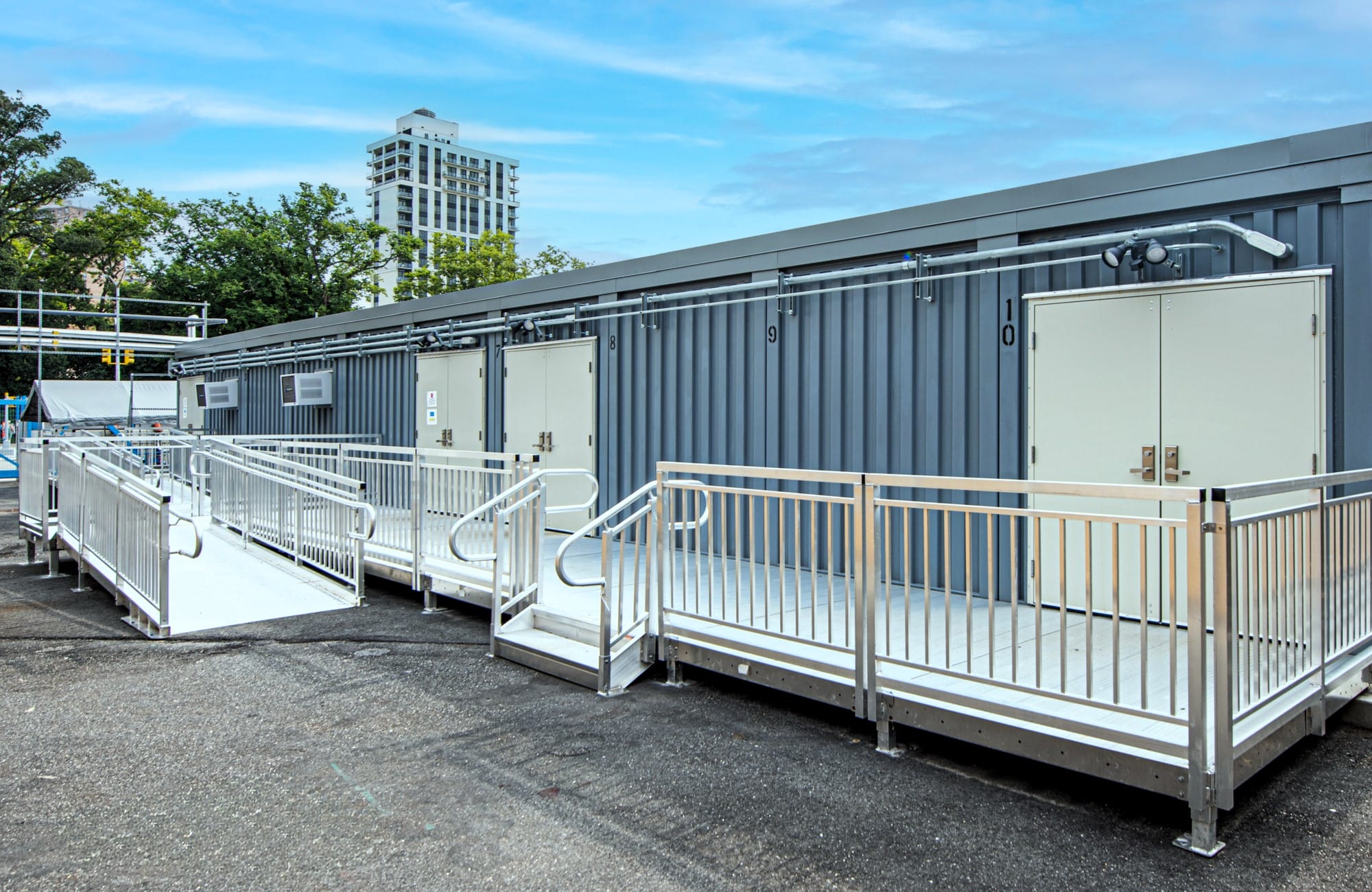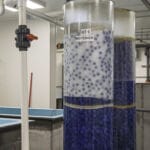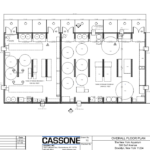New York Aquarium
Company: Cassone Leasing, Inc.
Location: Brooklyn, NY, USA
Gross Size of Project: 3,200 Square Feet
Days to Complete: 155
Award Criteria
Architectural Excellence
The impact of Hurricane Sandy’s devastation to Coney Island in Brooklyn, NY in October of 2012 is still being felt 12 years later. The last phase in the long journey to restore the NY Aquarium requires renovations to Conservation Hall. To facilitate the renovations required relocating marine equipment into a temporary structure until the renovations are complete in 3 years. The temporary facility is comprised of 10 ea., 8’ W x 40’ L shipping containers adjoined to create 2 partitioned spaces to house equipment and marine animals of both fresh and salt water. 6/0 x 6/8 exterior doors and interior openings had to accommodate the installation of large tanks & aquariums as well as provide access for the ongoing use of equipment to transport fish and other marine life in and out of the facility.
Technical Innovation & Sustainability
The building needed to meet the stringent IIB non-combustible construction requirements of NYC Building Codes as well as provide resistance to a salt water environment on the interior of the building. To meet these demands, Cassone Leasing used 2-part poured epoxy flooring, FRP over moisture resistant gypsum on the walls and ceilings with stainless steel fasteners, and weatherproof electrical devices, conduit, and light fixtures.
To meet the energy codes we utilized closed cell spray foam insulation due to its resistance to water and mold and high R-value density. However, spray foam insulation thickness is limited in IIB applications. This required us to construct a roof using tapered ISO insulation and .060 mil White EPDM to achieve complete energy code compliance.
Cost Effectiveness
Cassone fabricated the containers off site using the NYC ”Special Inspections” process allowing approx. 95% of the structural construction to occur off site. Installation of the building lasted 2 days, as opposed to the several months it would have required for conventional onsite construction. The use of modular construction eliminated costs associated with countless hours and resources required for coordination, closures, and access control associated with conventional construction on a site open to the public on a daily basis.
The building was constructed as an S2 -Storage Use Group. When the renovations to Conservation Hall are completed and the marine life are moved into their permanent homes, the owner is considering other uses for the building as an Operations & Maintenance Facility, Food Storage, or continued use to house marine life. Regardless of it’s future use, the building will be easily disassembled and relocated to a new location on the property.
See More Awards of Distinction Winners
To view all our current honorees, visit our main Awards page.




